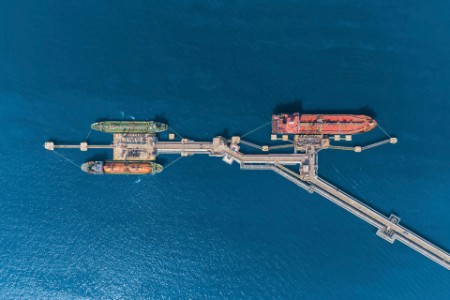Newsletters EY Belgium
Subscribe to one of our newsletters and stay up to date of our latest news, insights, events or more.
Summary
The transitional safe harbor rules are applicable during the Transition Period up to December 31, 2026 (excluding fiscal years ending after June 30, 2028). The OECD has introduced a "Transitional Country-by-Country (CbCR) Safe Harbor" as a temporary measure to alleviate administrative burdens for Multinational Enterprises (MNEs) and tax authorities. This framework simplifies the determination of low-taxed profit risks in a specific jurisdiction with less extensive calculations than the full GloBE rules. It applies to financial years starting on or before December 31, 2026, excluding those ending after June 30, 2028, and partially relies on CbCR data (or the source thereof).


